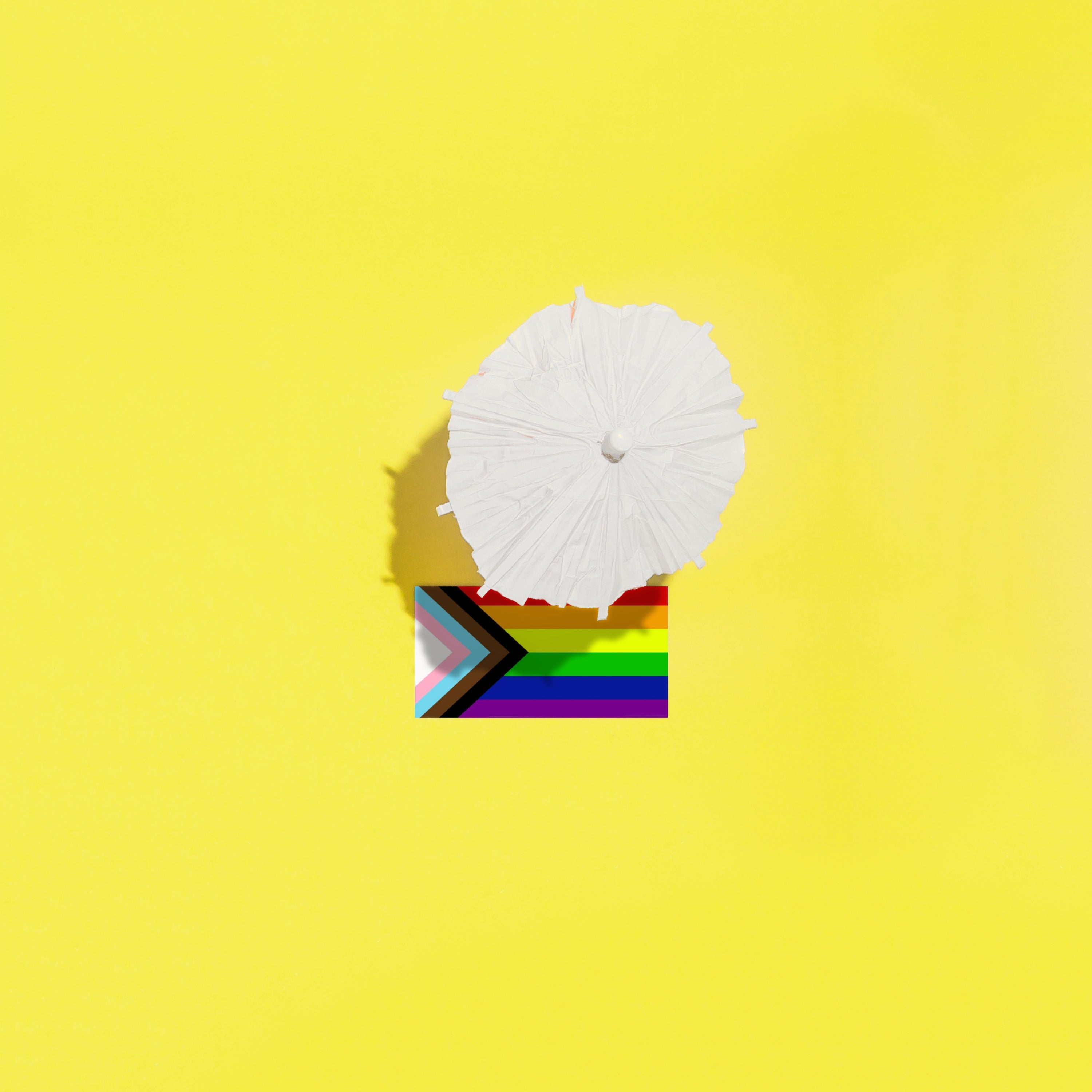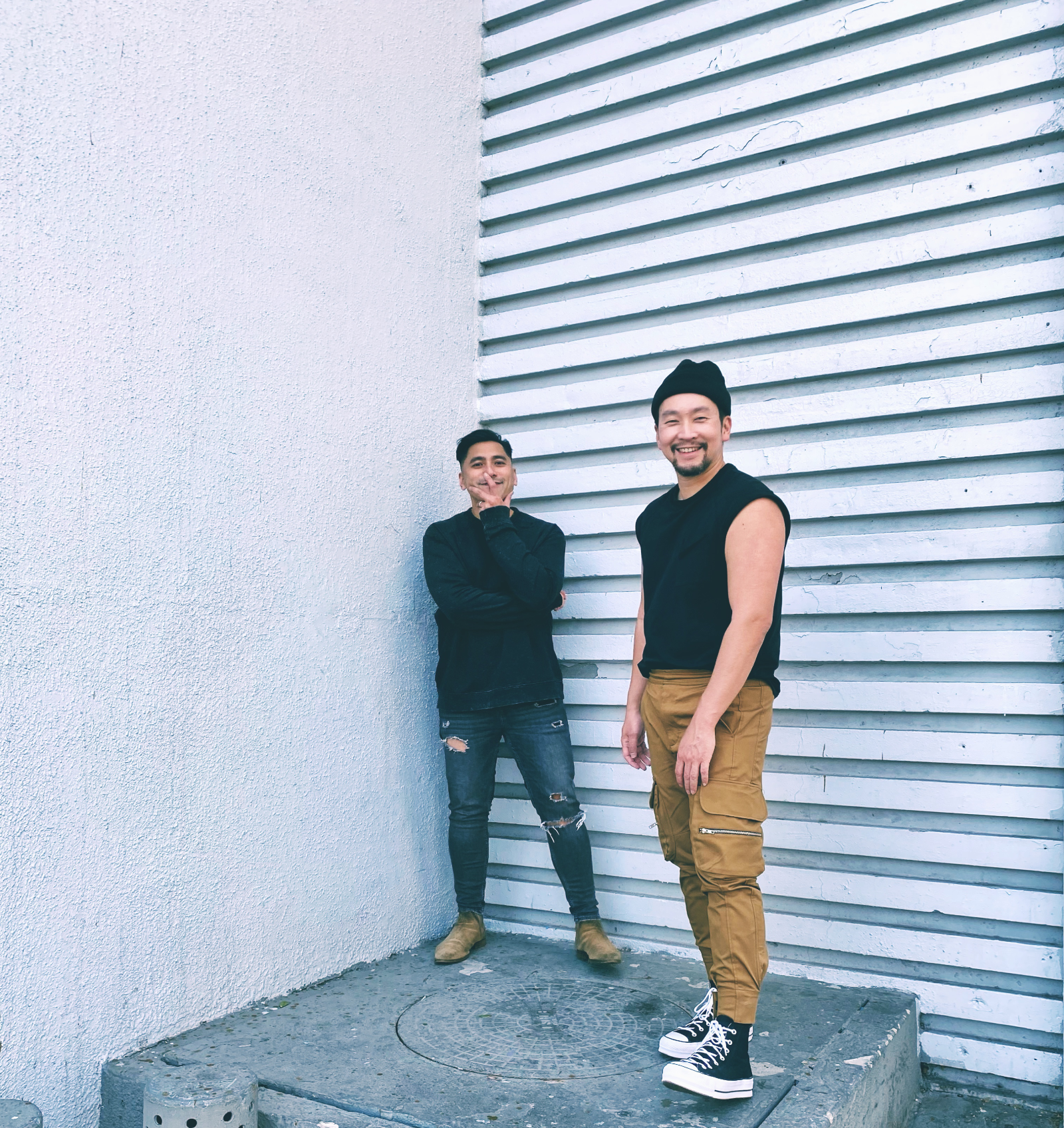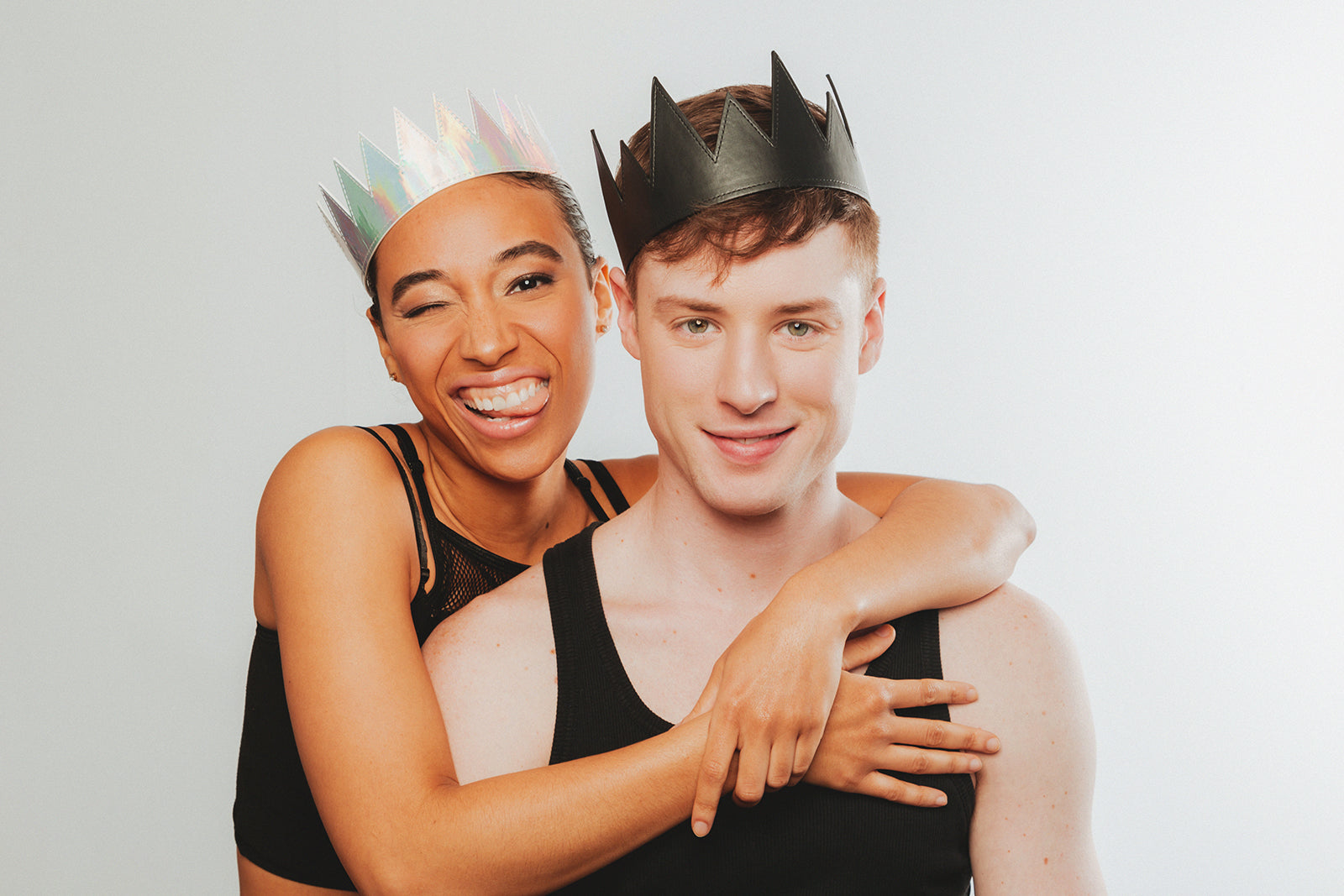
A FRUITLOOTS Guide To Pride Flags

While we are by no means experts in the history and evolution of the many Pride Flags that adorn our city streets during Pride celebrations throughout the season, we wanted to take a moment to help our #FRUITFAM better identify the wide array of flags they might be seeing out there. That being said, there are many more beyond the 14 flags we're sharing with you today. This is just the tip of the iceberg, but it's a damn good start! Cheers!
The Progress Pride Flag

Created by graphic designer & activist Daniel Quasar in 2018, the addition of the 5-colored chevron to the 6-color Pride Flag was designed to include the transgender community, queer people of color, and to honor those lives we've lost to AIDS. Quasar, who identifies as queer and non-binary, states "We need to always keep progress moving forward in all aspects of our community... There still is work to be done. I wanted to highlight that."
The Philadelphia Pride Flag

The 6-Color Pride Flag

The most commonly recognized Pride Flag in modern culture, this 1979 evolution on the Gilbert Baker Flag was due in part to the scarcity of hot pink fabric as demand for flags rose, while the turquoise was eliminated to maintain an even number of colors.
The GIlbert Baker Pride Flag

Created by American artist & gay rights activist Gilbert Baker, this flag was designed to reflect the diversity of the LGBTQ+ community- which was unveiled at the San Francisco Gay & Lesbian Freedom Day Parade in 1978. According to Baker, the meaning associated with each color is as follows: pink for sex, red for life, orange for healing, yellow for sun, green for nature, turquoise for magic, blue for serenity, and purple for spirit.
After Baker's passing in 2017, NewFest and NYC Pride partnered with Fontself to create a free font inspired by Baker's design of the Pride Flag. You can get the Gilbert font here
The Transgender Flag

Created by American trans woman Monica Helms in 1999, the flag was first shown in Arizona at Phoenix Pride 2000. Designed as a symbol of transgender pride, rights, and diversity, Helms explains "The stripes at the top and bottom are light blue, the traditional color for baby boys. The stripes next to them are pink, the traditional color for baby girls. The stripe in the middle is white, for those who are transitioning or consider themselves having a neutral or undefined gender."
The Non-Binary Pride Flag

Created by 17 year old Kye Rowan in 2014, this flag was designed after several members of the non-binary community expressed a need for a flag that could represent people who did not feel that the Genderqueer Pride Flag properly represented them. The yellow represents those whose gender exists outside of the binary, as yellow is often used to distinguish something all its own. The white represents those who have many or all genders as white is the presence of color and/or light. The purple represents those who feel their gender is between or a mix of female and male as purple is the mix of traditional boy and girl colors (blue & pink). The purple is also seen as representing the fluidity and uniqueness of non-binary people. The black represents those who feel they are without gender, as black is the absence of color and/or light.
The Non-Binary Trans Flag

Up to this point in history, people who identified as both nonbinary and trans either had to use both flags or use neither. Now, nonbinary trans folks have their own unique flag to fly with pride. Naturally, most transgender people would like to be inclusive of nonbinary people and visa versa. Thus, this new flag embraces both of these identities in a single six-striped flag. This nonbinary trans flag is a combination of the colors of the trans pride flag and the nonbinary pride flag, merged into one. (source: Cade Hildreth)
The Intersex Flag

Created in 2013 by Morgan Carpenter through the IHRA (Intersex Human Rights Australia), the flag was designed for intersex representation during pride celebrations worldwide. The intersex pride flag utilizes yellow & purple, which are considered “intersex” colors by the organization. According to IHRA, the purple central circle is “unbroken and un-ornamented, symbolizing wholeness and completeness, and our potentialities.”
The Asexual Community Flag

Created in 2010 by the members of AVEN (Asexual Visibility and Education Network) this flag was designed to represent the asexual community, a less common identity. Asexuality can mean different things to each individual, but for some people their attraction relies on types beyond sexual. The black stripe represents asexuality, the gray stripe represents the gray area between sexual and asexual, the white stripe sexuality, and the purple stripe community.
The Bisexual Pride Flag

Created by Michael Page in 1998, this flag was designed to provide the bisexual community with a visual identity comparable to that of the Pride Flag of the larger LGBTQ+ community. The pink represents attraction to the same sex only, the royal blue represents attraction to the opposite sex only, and the purple represents attraction to all or several genders.
The Pansexual Flag

Created in 2010, this flag was designed as a symbol for the pansexual community. According to most definitions, the cyan represents sexual attraction to those who identify within the male spectrum, the magenta represents sexual attraction to those who identify within the female spectrum, and the yellow represents sexual attraction to non-binary people.
The Lesbian Community Flag

Created by Emily Gwen in 2018, this flag was voted on by thousands of members of the lesbian community to be the most recent visual representation of the Lesbian Pride Flag- also meant to include the trans community. The dark orange represents gender non-conformity, orange represents independence, light orange represents community, white represents unique relationships to womanhood, pink represents serenity & peace, dusty pink represents love & sex, and dark rose represents femininity.
The Gay Men's Pride Flag

The Gay Men’s Pride Flag is a lesser known pride flag. This modern gay men’s pride flag is a revamp of an earlier gay men’s pride flag that featured a range of blue tones. That version was problematic because it used colors that were attributed to the gender binary flag. This updated flag is inclusive of a much wide ranger of gay men, including but not limited to transgender, intersex, and gender nonconforming men. (source: Cade Hildreth)
The Genderfluid Pride Flag

Created by JJ Poole in 2013, this flag was created to represent people whose gender identity and/or expression is fluid and may fluctuate at different times or in different circumstances. The flags five horizontal colored stripes represent the diversity of gender fluidity, genderfluid identity, and the genderfluid community. Genderfluid people may also identify as a part of the non-binary community, transgender community, or as multigender. Genderfluid people may have multiple gender identities, expressions, or use multiple sets of pronouns that fluctuate sometimes, constantly, or in a pattern.












Leave a comment
This site is protected by hCaptcha and the hCaptcha Privacy Policy and Terms of Service apply.